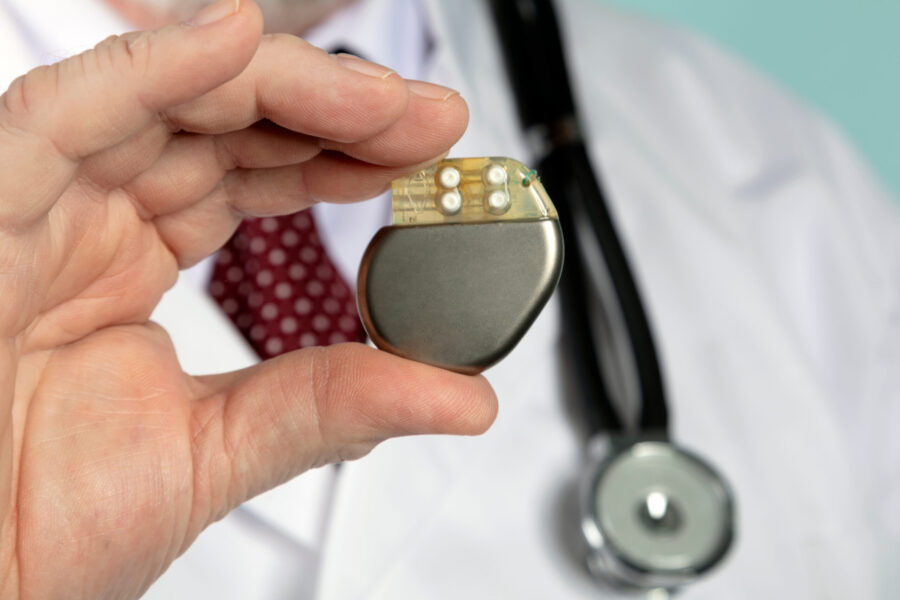Pacemakers have revolutionized cardiac healthcare, with these small devices bringing monumental improvements to countless lives by regulating abnormal heart rhythms. This comprehensive guide provides a deeper understanding of the pacemaker implantation process and the subsequent lifestyle changes.
Demystifying Pacemakers
A pacemaker is a compact device designed to regulate the heart’s rhythm. It achieves this by sending electrical pulses to stimulate the heart to beat at a normal rate. The pacemaker is composed of a generator, which includes a battery and a minuscule computer, and leads, which are wires that transmit the impulses from the generator to the heart.
The Role of Pacemakers in Heart Care
Doctors typically recommend a pacemaker to manage heartbeats that are too slow (bradycardia), too fast (tachycardia), or irregular. These devices are also utilized to treat fainting spells (syncope), heart failure, and hypertrophic cardiomyopathy.
Decoding the Implantation Procedure
Implanting a pacemaker is a surgical procedure carried out under local anesthesia. The primary steps include:
- Making a small incision in the chest where the pacemaker and leads are inserted.
- Guiding the leads through the veins and into the heart using a special type of X-ray called fluoroscopy.
- Programming the pacemaker’s settings to prompt the heart to beat at a rate that suits the patient’s lifestyle.
This procedure usually takes about one to two hours.
Living with a Pacemaker
Life after pacemaker implantation calls for regular check-ups to ensure the device is functioning optimally. Once recovery from the procedure is complete, patients can typically resume regular activities. However, certain high-contact sports and exposure to specific electronic devices and systems may need to be avoided.
Life Adjustment Post-Pacemaker Implantation
Adjusting to life with a pacemaker is often a process that extends beyond merely physical healing. It includes understanding the long-term implications of living with this device, adapting lifestyle choices, and maintaining emotional health.
While a pacemaker helps regulate the heart’s rhythm, it’s essential to lead a heart-healthy lifestyle. This includes regular physical activity within the bounds of the doctor’s advice, balanced nutrition, and maintaining a healthy weight. It’s recommended to avoid tobacco use and limit alcohol intake, as they can interfere with the heart’s function.
Regular follow-ups with the healthcare team are a must. During these visits, the pacemaker’s function is checked, and any necessary adjustments are made. As a part of the follow-up care, doctors may conduct a pacemaker interrogation, a detailed review of the device, and the heart’s activity.
Living with a pacemaker also requires attention to potential electromagnetic interference (EMI). While most everyday electronics are safe to use, some devices, such as those with strong magnetic fields, might interfere with a pacemaker. These include MRI machines, certain heavy-duty electrical equipment, and even some medical equipment like TENS units used for pain management.
Assessing the Results
Post-implantation, doctors will routinely monitor the pacemaker’s functioning through device checks. These checks ensure the pacemaker is delivering pulses when necessary and that the battery is in good health.
But life with a pacemaker isn’t just about device checks and avoiding certain activities. It also opens the door to a potentially more active, fulfilling life. With their heart rhythm regularized, many patients find they can engage more fully in physical activities, hobbies, and social events. It’s not uncommon for people with pacemakers to travel, enjoy sports, and lead active, normal lives.
Moreover, advancements in pacemaker technology mean these devices are smarter and more adaptable than ever. Many modern pacemakers can adjust their pacing based on body movement or breathing rate, providing a personalized response to each patient’s unique demands. Others are MRI-safe, allowing patients to safely undergo this type of diagnostic imaging if needed.
Of course, each patient’s experience with a pacemaker will depend on their individual health condition and the specific reason for the device’s implantation. But with careful management and regular follow-up with their healthcare provider, most people with pacemakers can look forward to improved health and well-being.
In conclusion, pacemakers offer a vital solution for people suffering from certain types of heart rhythm disorders. A clearer understanding of what to expect during and after the implantation procedure can help patients and their families better navigate their healthcare journey and take proactive steps toward enhanced cardiac health.









